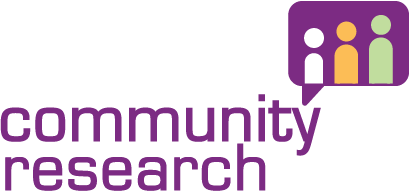Mobile ethnography – capturing real time behaviours and emotions
With 85% of the population now having access to a smartphone[1], there has never been a better time to consider using mobile ethnography as part of a research project. Mobile ethnography enables researchers to get insights into consumers’ real lives without the resource intensity of traditional ethnographic research. It can be used as part of a research project, for example, as a pre-task in advance of face-to-face qualitative research, or as standalone study into consumer behaviour.
There are a number of benefits to using mobile ethnography:
It’s real. Because tasks are completed in real time (rather than based on what people remember) it gives researchers a much more accurate picture of people’s experiences
It’s immediate. Rather than waiting for participants to bring in or post diaries, researchers can see what’s being uploaded straight away, meaning they can follow up there and then, or revise discussion materials based on what’s coming through
It’s visual. Because people can upload pictures and videos as well as text, it gives researchers a wealth of different outputs that can help to bring research findings to life
It’s easy. Most people have their phones on them most of the time – it’s a lot easier to take a photo or screengrab, than print something out or remember to bring it to a research session, or to answer a question about something while you’re using it than remember to do so at the end of the day. Keeping it easy keeps participants on board
Whilst it can be a valuable tool for providing richer insights into people’s lives and behaviours, there are some things to remember when using mobile ethnography:
Because it generates so much data, it can be time consuming to analyse – make sure you factor this in to your plans
Although the vast majority of younger people have smart phones, they are less prolific amongst older people – think about how appropriate this would be for your sample
You are reliant on what your participants give you – make sure your tasks are clear, achievable and user friendly if you want high quality insights back
Community Research recently used mobile ethnography as part of a research project for the Food Standards Agency on food supplements, whereby participants were asked to show us how they used and bought supplements before attending face-to-face sessions. It allowed us to understand the detail behind different individuals’ behaviour which we wouldn’t have had time for within discussion groups, provided context to these conversations as we knew about our participants’ consumption in advance, and gave us a wealth of pictures and videos with which to bring our presentation and report to life.
